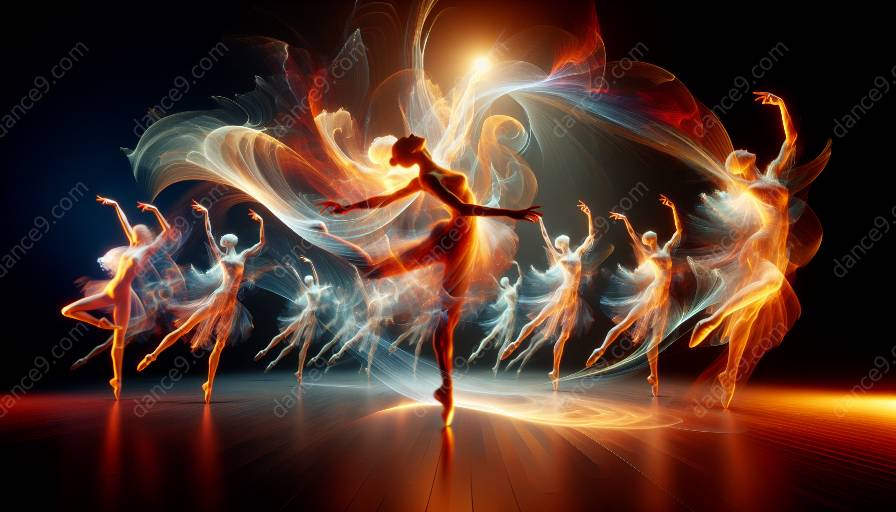As technology continues to shape the dance industry, holography has emerged as a captivating tool for creating immersive and unique performances. However, the integration of holography in dance raises ethical considerations that impact the artists, audience, and the very essence of the art form.
The Intersection of Holography and Dance
Holography has revolutionized the way dance is presented and experienced, offering new possibilities for choreography, storytelling, and engagement. It allows dancers to interact with virtual elements, opening up a realm of creativity and innovation. The seamless integration of holographic imagery with live dance performances has captivated audiences around the globe, blurring the lines between reality and illusion.
Implications for Artists
For choreographers and dancers, the use of holography introduces a new dimension of artistic expression. It allows for the creation of visually stunning and technically complex performances that push the boundaries of traditional dance. However, ethical questions arise regarding the authenticity of the dance experience and the role of human presence in a holographic environment. Artists must navigate the balance between technological spectacle and the genuine emotional connection with the audience.
Integrity and Authenticity
Preserving the integrity of dance as a live, embodied art form becomes a significant concern when holography enters the stage. The ethical impact of using holographic representations of dancers raises questions about the value of physical presence, skill, and the essence of the performer-audience relationship. It challenges the authenticity of the dance experience and calls for a reevaluation of what constitutes a genuine artistic expression.
Impact on Audience Experience
While holography in dance offers a visually captivating experience, it introduces ethical implications for the audience. Spectators may question the authenticity of the performance and the emotional connection with the dancers. The use of holography has the potential to alter audience perceptions of what is real and what is simulated, impacting the way dance is understood and appreciated.
Perception and Reality
With holography, the boundary between reality and illusion blurs, challenging the audience's perception of what is live and what is pre-recorded. This raises ethical considerations about transparency and the audience's right to know when they are experiencing a holographic performance. Maintaining open communication about the use of holography becomes crucial to uphold the audience's trust and understanding of the performance.
Balancing Innovation and Ethical Responsibilit
As dance and technology converge, the ethical considerations surrounding holography require a thoughtful approach to innovation. Dance artists and technologists must consider the impact of their creative choices on both the art form and its audience. Balancing the use of holography as a tool for artistic exploration with ethical responsibility towards the integrity of dance is essential for the evolution of the art form.
Conclusion
Holography in dance performances presents exciting opportunities for artistic innovation and audience engagement, but it also raises complex ethical considerations. Navigating the intersection of holography and dance requires a critical examination of the implications for artists, audience members, and the larger dance community. By addressing these ethical concerns, the dance industry can harness the power of technology while upholding the integrity and authenticity of the art form.

































